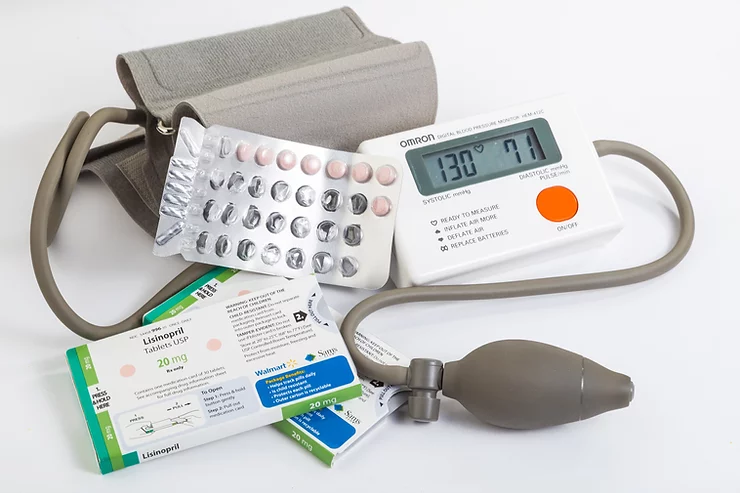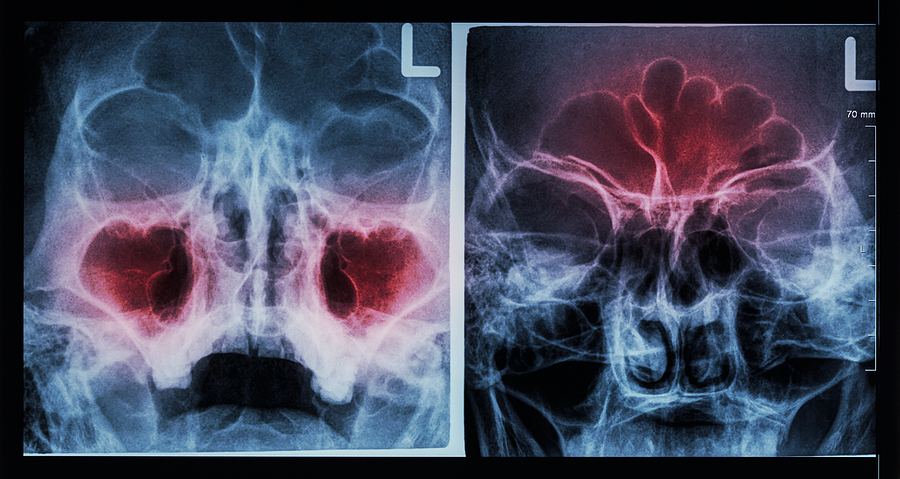If you have high blood pressure – or hypertension – you’re in good company. With 116 million Americans sharing the diagnosis, about one in every two adults in the United States is facing related health concerns [1]. Pilots tend to be somewhat healthier as a group, but according to the FAA’s most recently published statistics, hypertension is the most commonly reported medical condition during aviation medical examinations. More than 10% of all pilots listed hypertension with medication use on their medical certification applications in MedXPress [2].
Given that high blood pressure was implicated as a primary or contributing factor in more than 500,000 U.S. deaths in 2019[1], it should come as no surprise the FAA is interested. As we have written before, the FAA’s policy regarding medical certification for those with blood pressure issues is remarkably permissive. Even as recent medical guidelines have identified health risks starting at sphygmomanometer readings as low as 120/80, the FAA continues to let pilots fly with readings as high as 155/95 [3], [4].
Before I go on, let me emphasize that this article is about how to maintain an FAA medical certificate, NOT about how to live a long and healthy life. If you have blood pressure readings consistently above 120/80, see your doctor! Reduce salt in your diet, eat fruits and vegetables, get off the couch, stop smoking, drink less and do all the other things you know you’re supposed to actually get your condition under control [5].
With that said, here is the simplified version of the FAA’s policy regarding high blood pressure:
-
Your blood pressure must be less than 155/95 in all cases. 155/95 meets that standard. 156/80 does not. 120/96 does not. Your systolic blood pressure must be 155 or less AND your diastolic blood pressure must be 95 or less. No exceptions.
-
Your blood pressure readings must be stable for at least a week before certification.
-
If you’re taking medication:
-
You must be taking three or fewer medications to control your blood pressure
-
Those medications must come ONLY from the following classes: Alpha-blockers, Beta-blockers, calcium channel blockers, diuretics, ACE inhibitors, ARBs, direct renin inhibitors, and/or direct vasodilators are allowed.
-
The following medications are specifically prohibited: clonidine, guanabenz, guanfacine, methyldopa, nitrates, reserpine
If you meet those criteria, you have what the Aerospace Medical Certification Division (AMCD) terms “CACI qualified hypertension.” In other words, even though you have what could be considered a disqualifying condition, you’ve passed the FAA’s predetermined scrutiny and your AME can issue your certificate on the same day of your flight physical appointment. Again, this doesn’t mean that your blood pressure is well controlled, it just means the FAA doesn’t think it will incapacitate or kill you before your medical certificate expires.
If you take more than three medications and happen to be taking one from the prohibited list, your AME determines that your blood pressure is caused by another medical condition or you otherwise do not meet the criteria outlined above, and your prospects for maintaining your certification become less certain. Truth be told; if you can’t maintain your blood pressure below 155/95 on three of the very effective medications the FAA allows, you should probably be focused more on your health than your medical certificate.
If you have any questions about which medications are allowed for blood pressure or any other condition, please consult our interactive medication database. If you or your AME have any questions about hypertension, other CACI conditions, or any medical certification issue, let us know at contact@wingmanmed.com.
References:
[1] CDC, “Facts About Hypertension | cdc.gov,” Centers for Disease Control and Prevention, Sep. 27, 2021. https://www.cdc.gov/bloodpressure/facts.htm (accessed Dec. 07, 2021).
[2] V. Skaggs and A. Norris, “2016 Aerospace Medical Certification Statistical Handbook,” Federal Aviation Administration, May 2018. Accessed: Dec. 07, 2021. [Online]. Available: https://www.faa.gov/data_research/research/med_humanfacs/oamtechreports/
[3] P. K. Whelton et al., “2017 ACC/AHA/AAPA/ABC/ACPM/AGS/APhA/ASH/ASPC/NMA/PCNA Guideline for the Prevention, Detection, Evaluation, and Management of High Blood Pressure in Adults: Executive Summary,” J. Am. Coll. Cardiol., vol. 71, no. 19, pp. 2199–2269, May 2018, doi: 10.1016/j.jacc.2017.11.005.
[4] “Guide for Aviation Medical Examiners.” https://www.faa.gov/about/office_org/headquarters_offices/avs/offices/aam/ame/guide/app_process/exam_tech/item36/amd/hypertension/ (accessed Dec. 07, 2021).
[5]“Hypertension.” https://www.who.int/news-room/fact-sheets/detail/hypertension (accessed Dec. 07, 2021).





